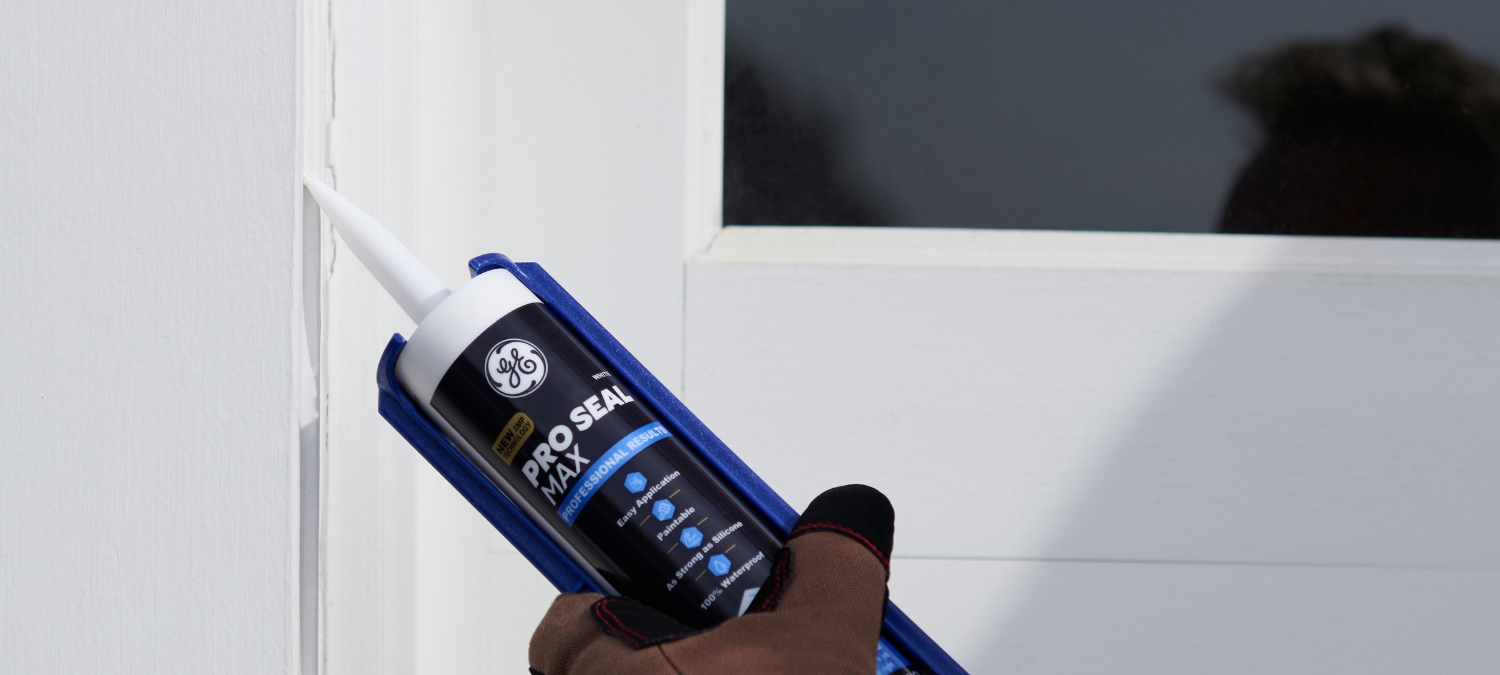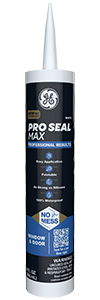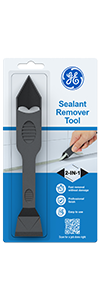Note: This DIY article is provided as a general guide only and is not intended to take the place of product-specific installation procedures; always follow applicable manufacturers’ instructions. Depending on your home’s age and condition, location within the home, and other potential factors, repairs and/or upgrades or other services may be necessary prior to the beginning and/or completion of your project that may involve the services of a home improvement professional. This article does not include advice pertaining to local building codes and/or any related inspections.
Ever notice a chilly draft near your windows or doors? Air can escape through gaps around your heating and cooling system. Sealing them with GE Pro Seal Max Window & Door is a simple weekend project that keeps your home tighter, more efficient, and easier on the planet.
Every bead of GE Pro Seal Max Window & Door you apply cuts energy loss. Small fixes today lead to lower bills and greater comfort tomorrow.
How sealing leaks improves your home's efficiency
Small gaps around windows and doors can act like open invitations for drafts. That uncontrolled air exchange forces your heating or cooling system to work harder than it should.
By sealing those joints with Pro Seal Max Window & Door, you create a tighter building “envelope” with an ASTM C-920 rated barrier. Rooms hold a steady temperature, your HVAC runs fewer long cycles, and your energy use drops. That means lower utility bills for you, and fewer carbon emissions released into the atmosphere. This is a direct win for home efficiency and sustainability.
Why a long-lasting seal matters
Not all caulks stand the test of time. Many shrink, crack, or peel when exposed to sun, rain, and freeze-thaw cycles, leaving you to scrape and reseal the same joints again.
GE Pro Seal Max Window & Door is designed to break that cycle. Its SMP hybrid formula delivers:
- Bonding in temperatures from 0°F to 140°F and even on damp or frosty surfaces.
- Being paintable in as little as one hour with high-quality latex paint.
- Strong adhesion to damp or dry surfaces for year-round application flexibility.
- Moving with siding and trim while resisting UV and weathering, so the bead stretches instead of splitting.
The payoff?
Fewer redo jobs, fewer tubes used, and less material wasted. That’s more time saved for you and less waste headed to the landfill, supporting a more sustainable way to maintain your home.
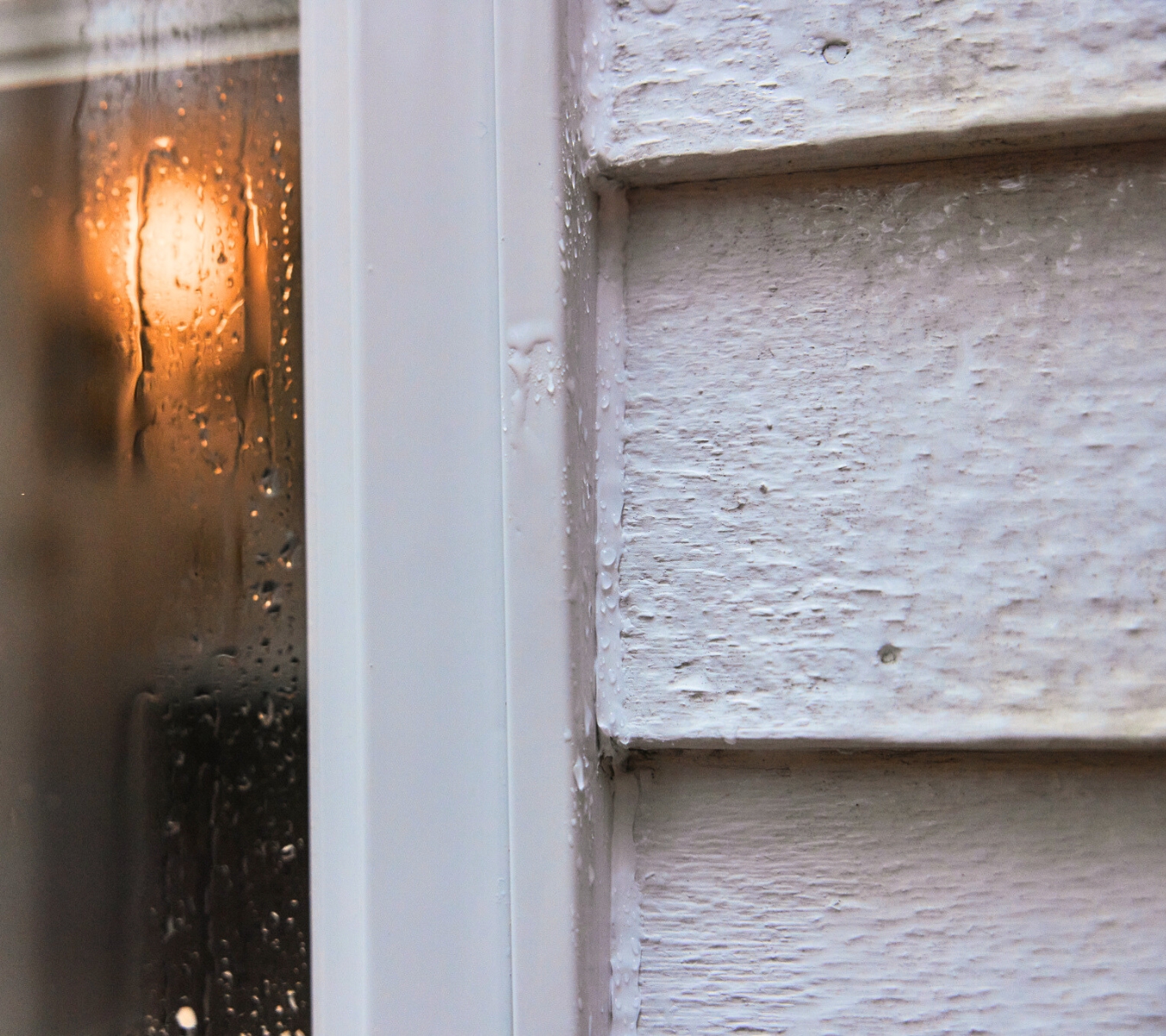
Key places to seal around windows and doors
Most air leaks hide where different materials meet. Focus on these common areas to prevent costly energy loss and protect against weather intrusion:
- Trim to siding: Even hairline gaps allow conditioned air to escape.
- Trim to frame: Cracks between the casing and the window or door frame leak steadily.
- Frame-to-wall materials: Brick, stucco, vinyl, or cement board can pull away just enough to leak air.
GE Pro Seal Max Window & Door sticks to almost anything you’ll find on the job, including wood, aluminum, brick, stucco, masonry, cement board, glass, drywall, plaster, vinyl siding, PVC, fiberglass, and even cement board.
Tip: Avoid sealing over window or door drainage paths (weep holes). These openings are designed to let water escape.
Each bead you properly place reduces energy loss and avoids redoing work. These small fixes add up to meaningful energy savings and a smaller carbon footprint.
Re-caulk in three quick steps
1. Prep the joint
Remove any loose or cracked caulk with the GE Sealant Remover Tool, then brush the area clean. If the gap is deep, insert a backer rod (a foam filler for deep joints) to set the right depth and support the bead.
Want sharp lines? Mask both sides with painter’s tape—just be sure to pull it off right after tooling.
2. Apply and smooth
Load up GE Pro Seal Max Window & Door and run a steady bead with even pressure on the gun. Tool immediately with the GE Sealant Smoothing Tool so the sealant bonds to both sides and forms a smooth, continuous profile.
A good bead should look neat and sealed edge-to-edge.
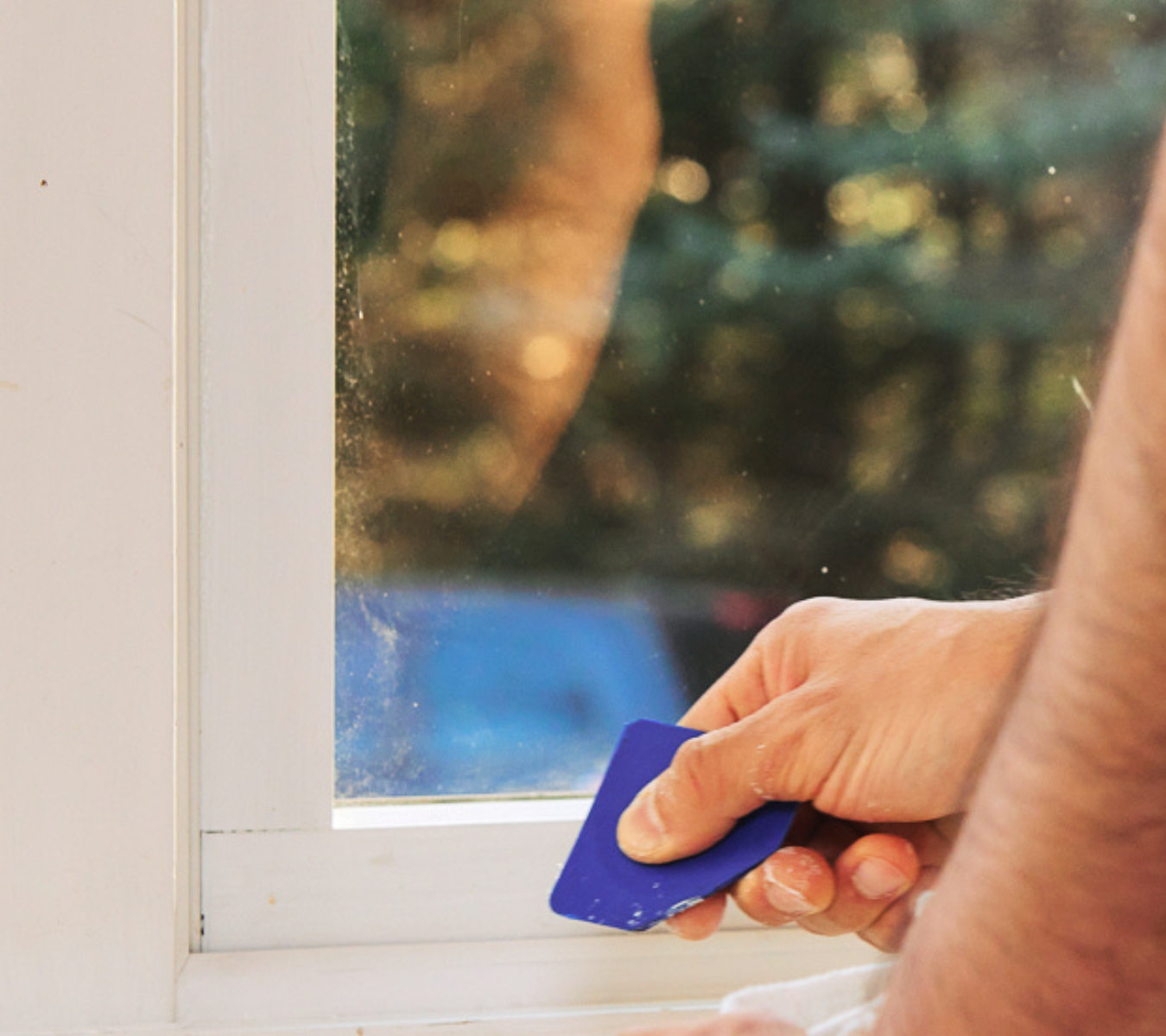
3. Finish and cure
If painting, follow the label: GE Pro Seal Max Window & Door is paint-ready in as little as one hour with high-quality latex paint.
Let the joint cure fully before exposing it to weather or cleaning. Wipe your tools and stray residue while the sealant is still fresh.
Do a quick final pass. If a spot looks thin or skipped, add a touch-up bead now.
Quick ways to check your seal
Not sure if your new bead is working? Try these simple tests:
- Draft check (two minutes): On a breezy day, hold a tissue near the joint. If it doesn’t move, the draft is sealed.
- Temperature test (one day): Keep your thermostat steady for 24 hours. Sealed rooms should hold the set temperature more evenly, with fewer long HVAC cycles kicking in.
- Visual check (one week): Step back and look. Your bead should be continuous, smooth, and bonded on both sides. Touch up as needed.
These small checks confirm your work is paying off: fewer drafts, lower energy use, a smaller carbon footprint, and a home that’s built on everyday sustainable choices.
Drafts and leaks waste energy, strain HVAC systems, and make your home less comfortable. Sealing those joints keeps heat and cooling where it belongs, reduces energy costs, and protects your home year-round.
Ready to take control? Seal with GE Pro Seal Max Window & Door, available at a retailer near you in the U.S. or Canada.

